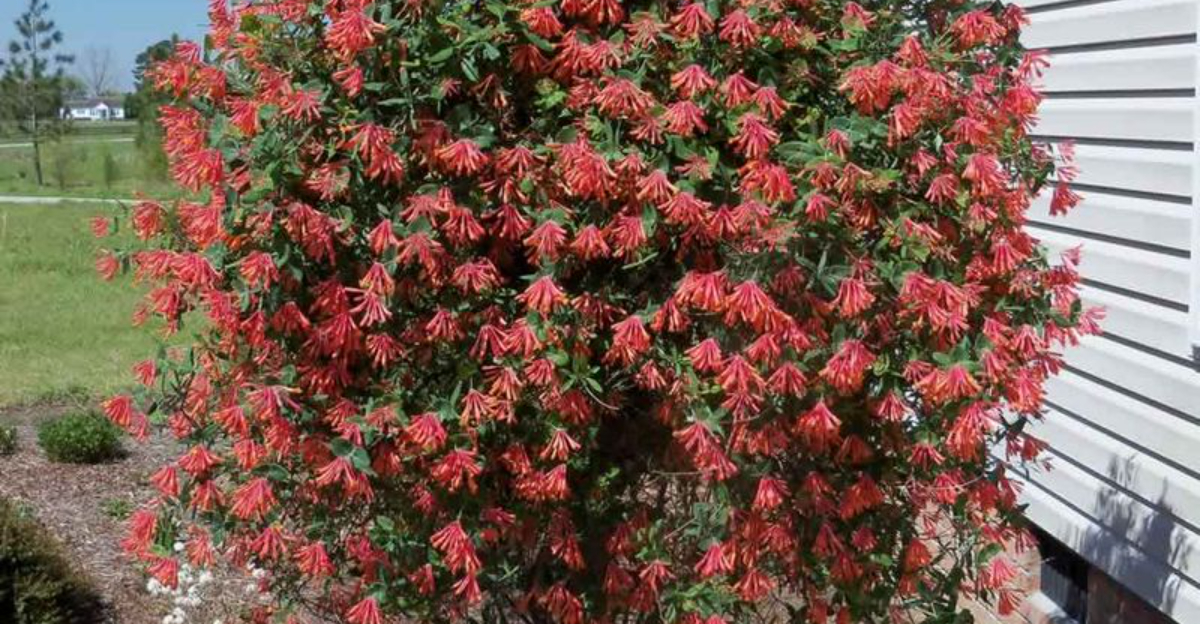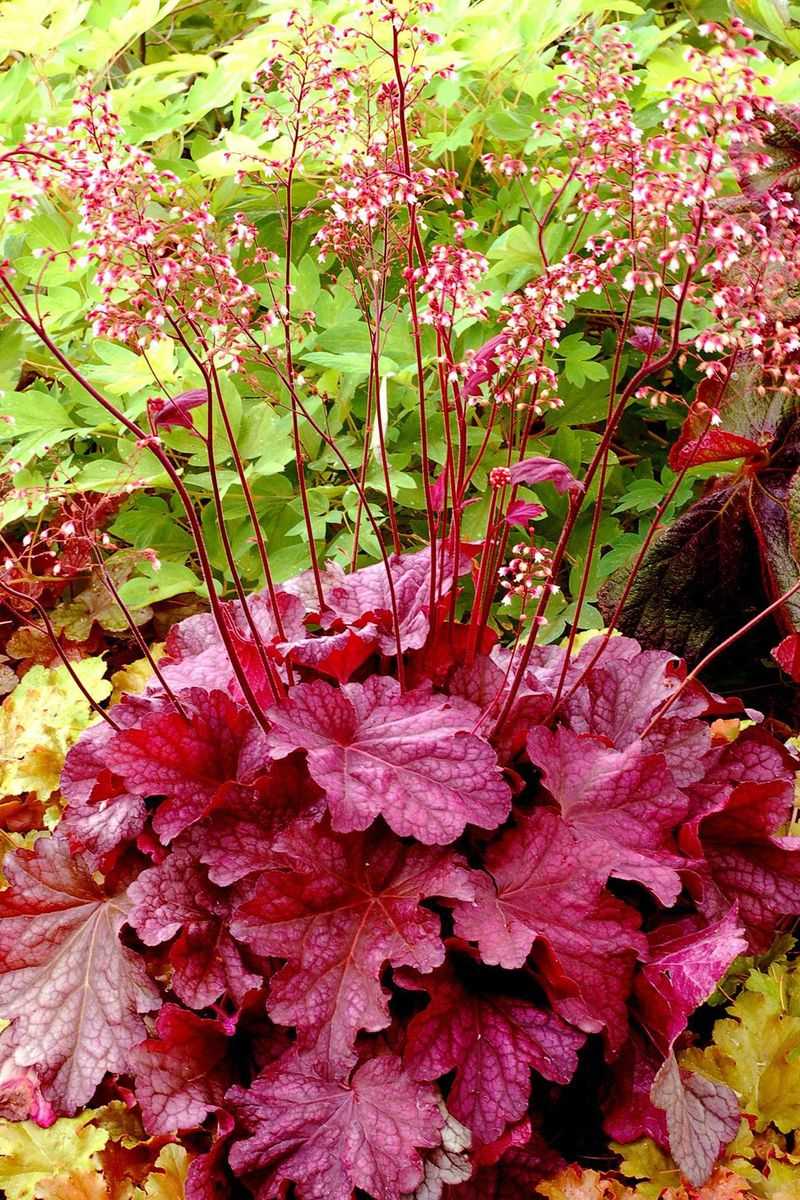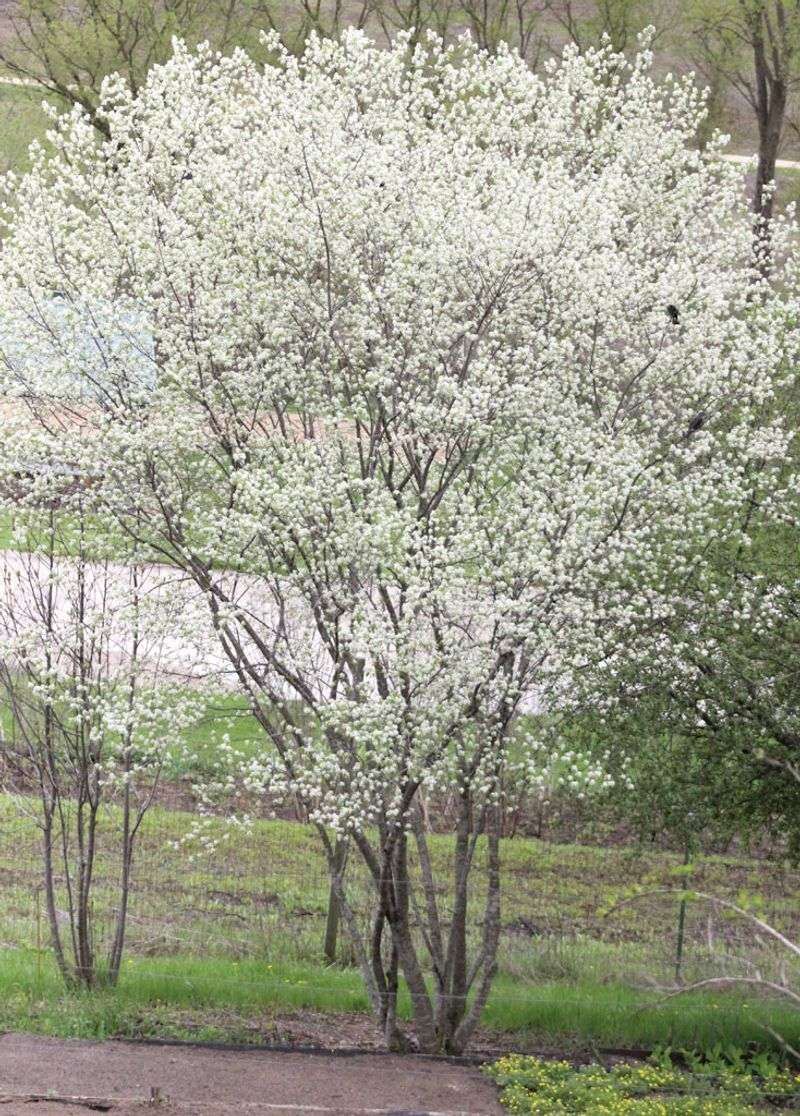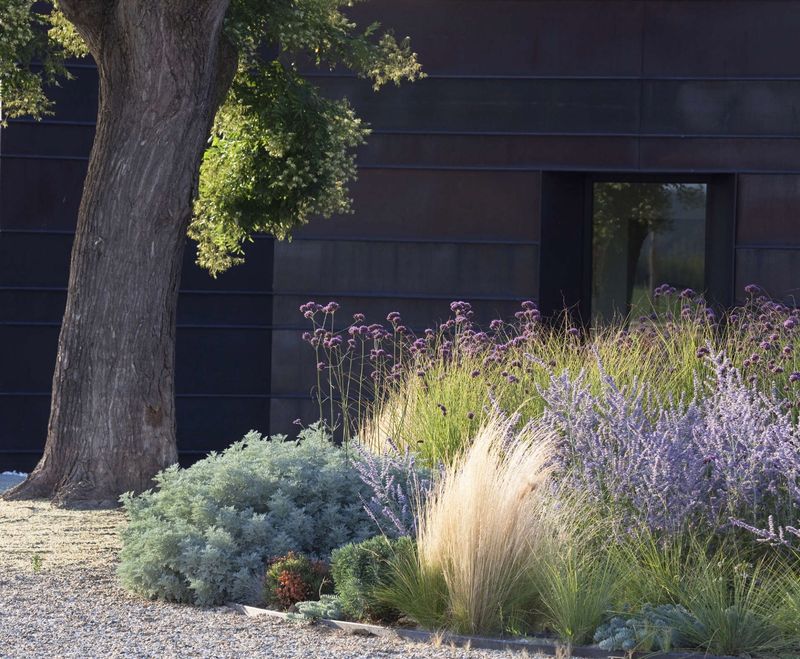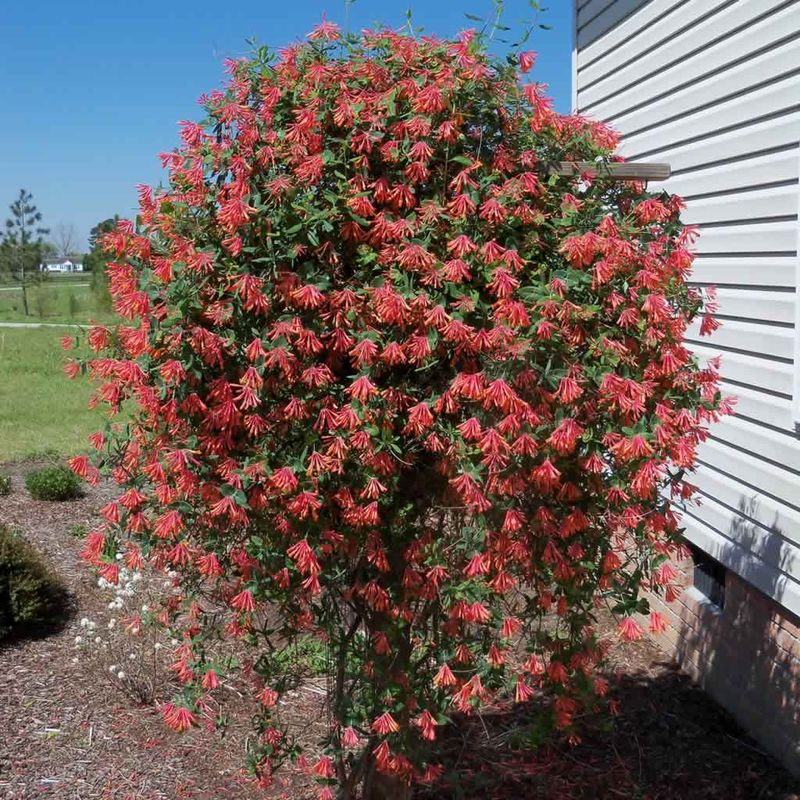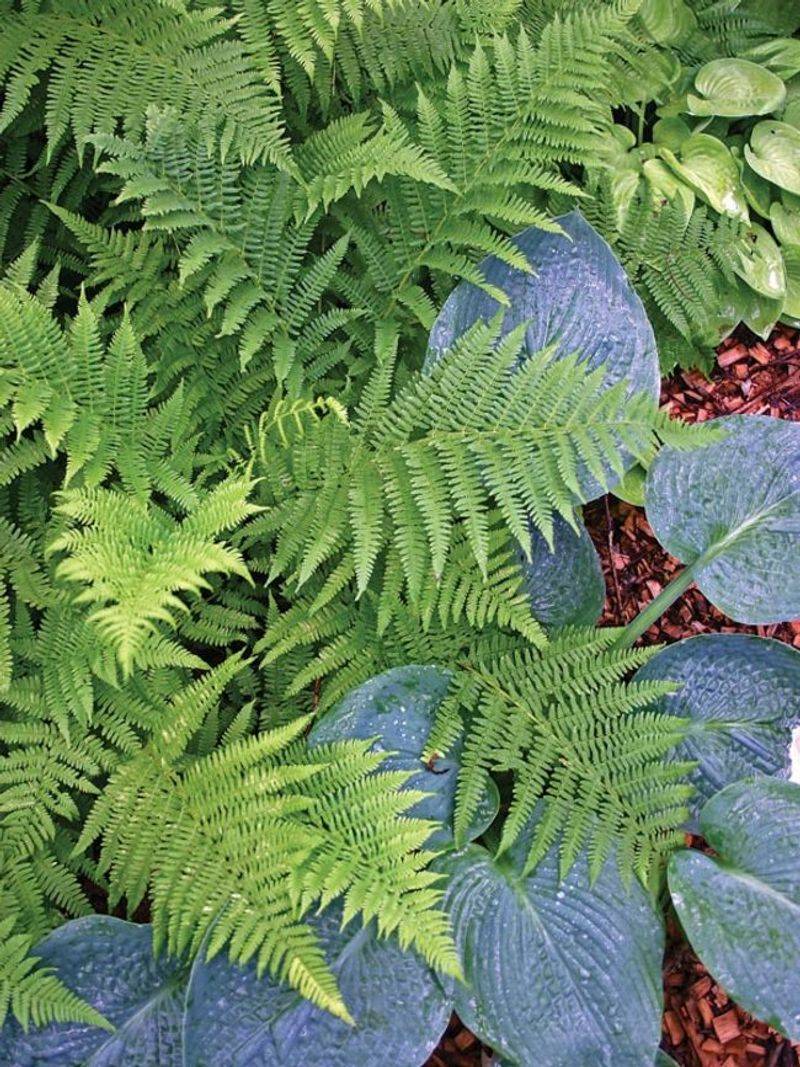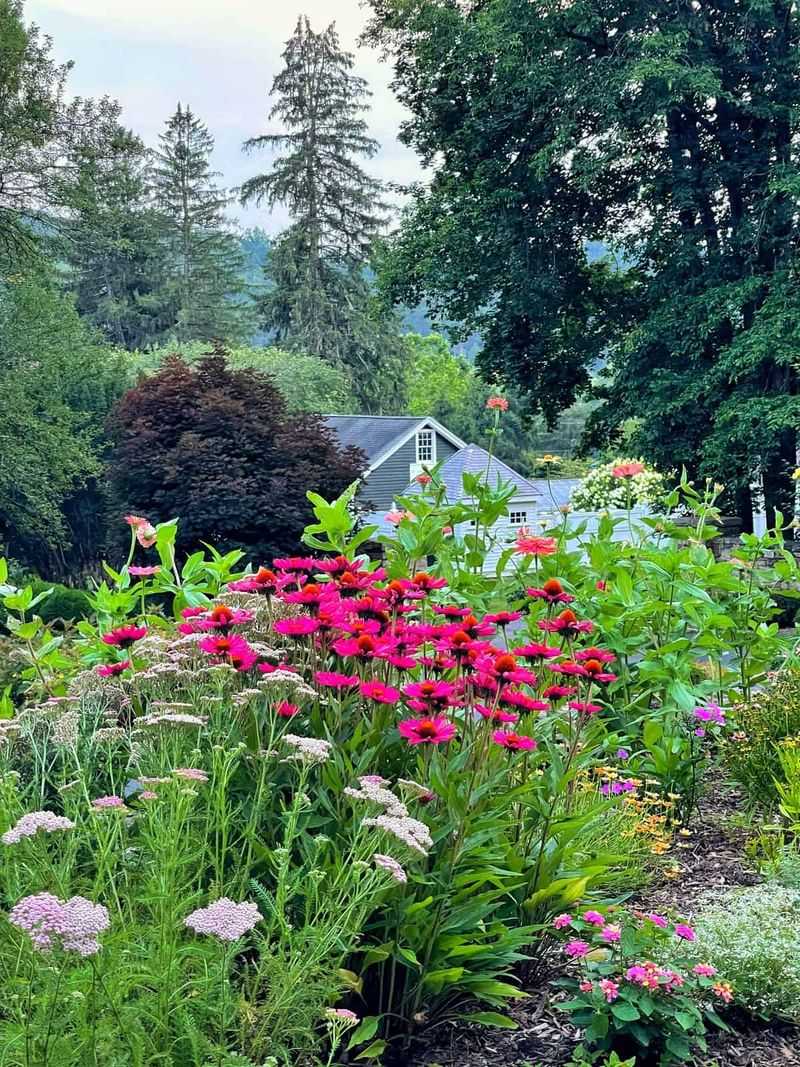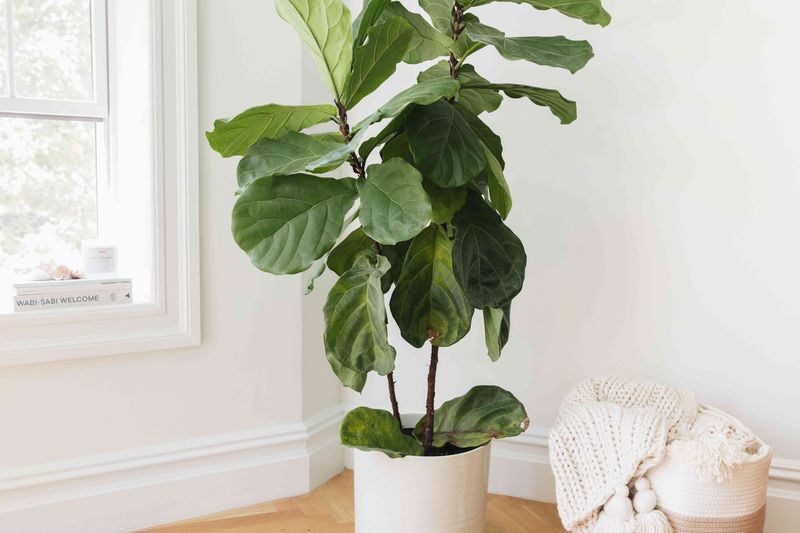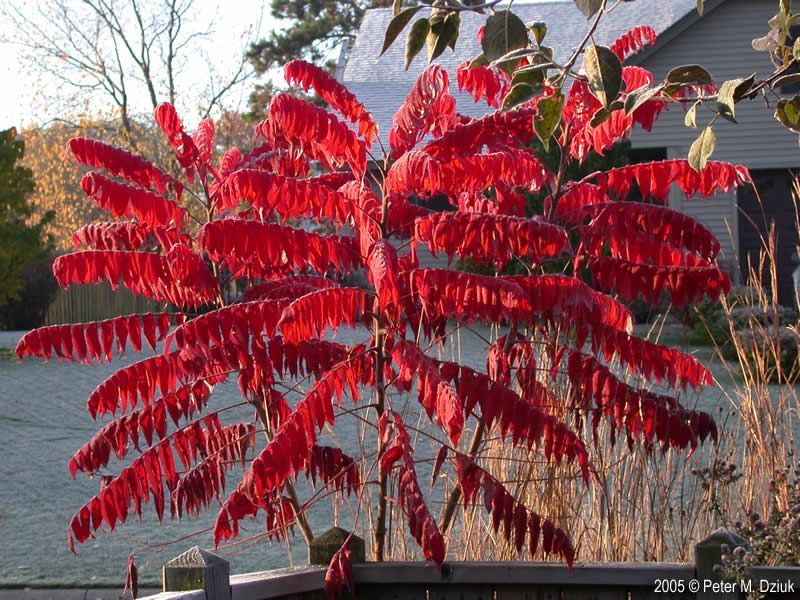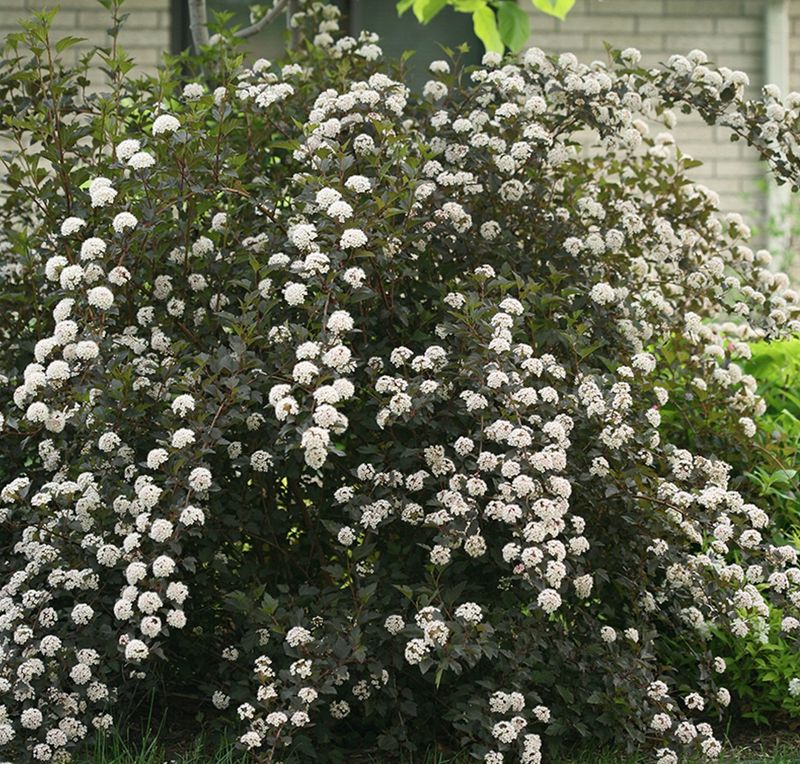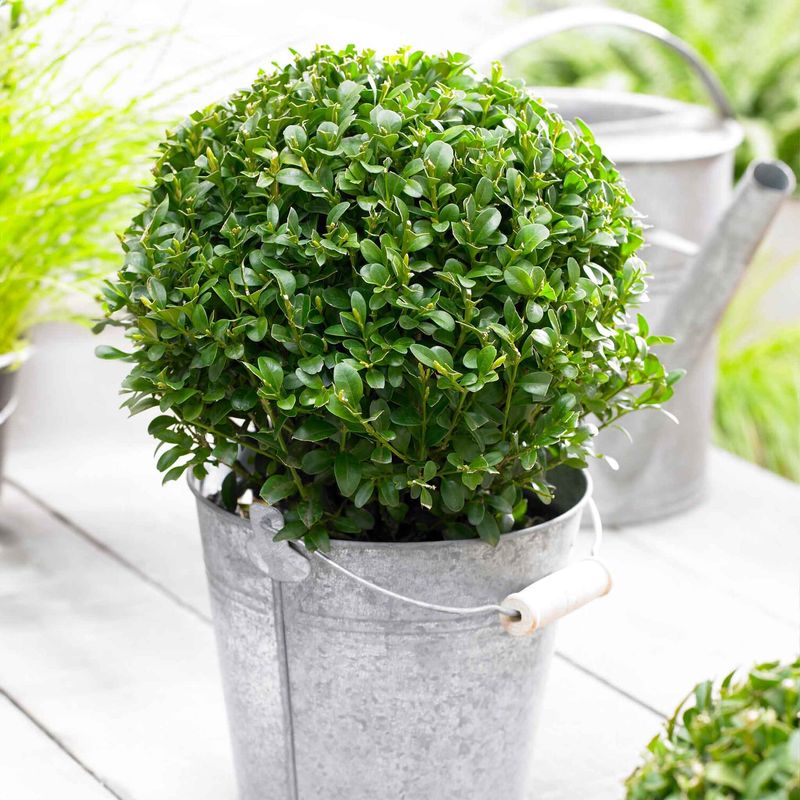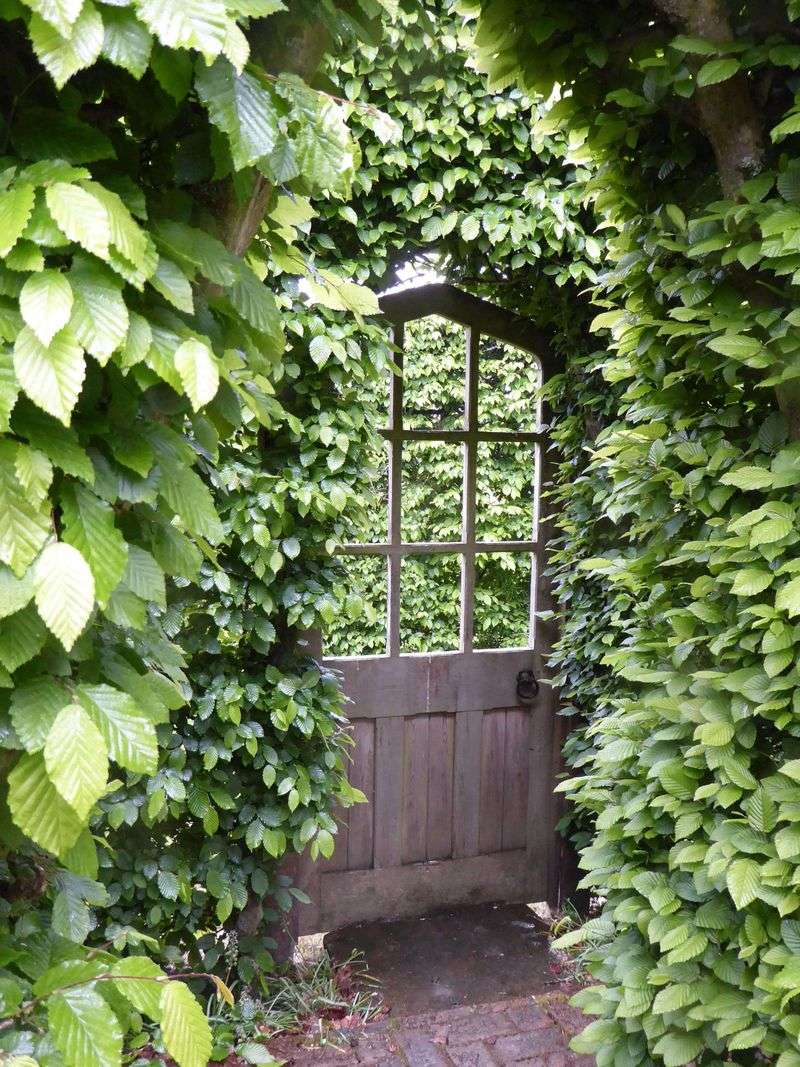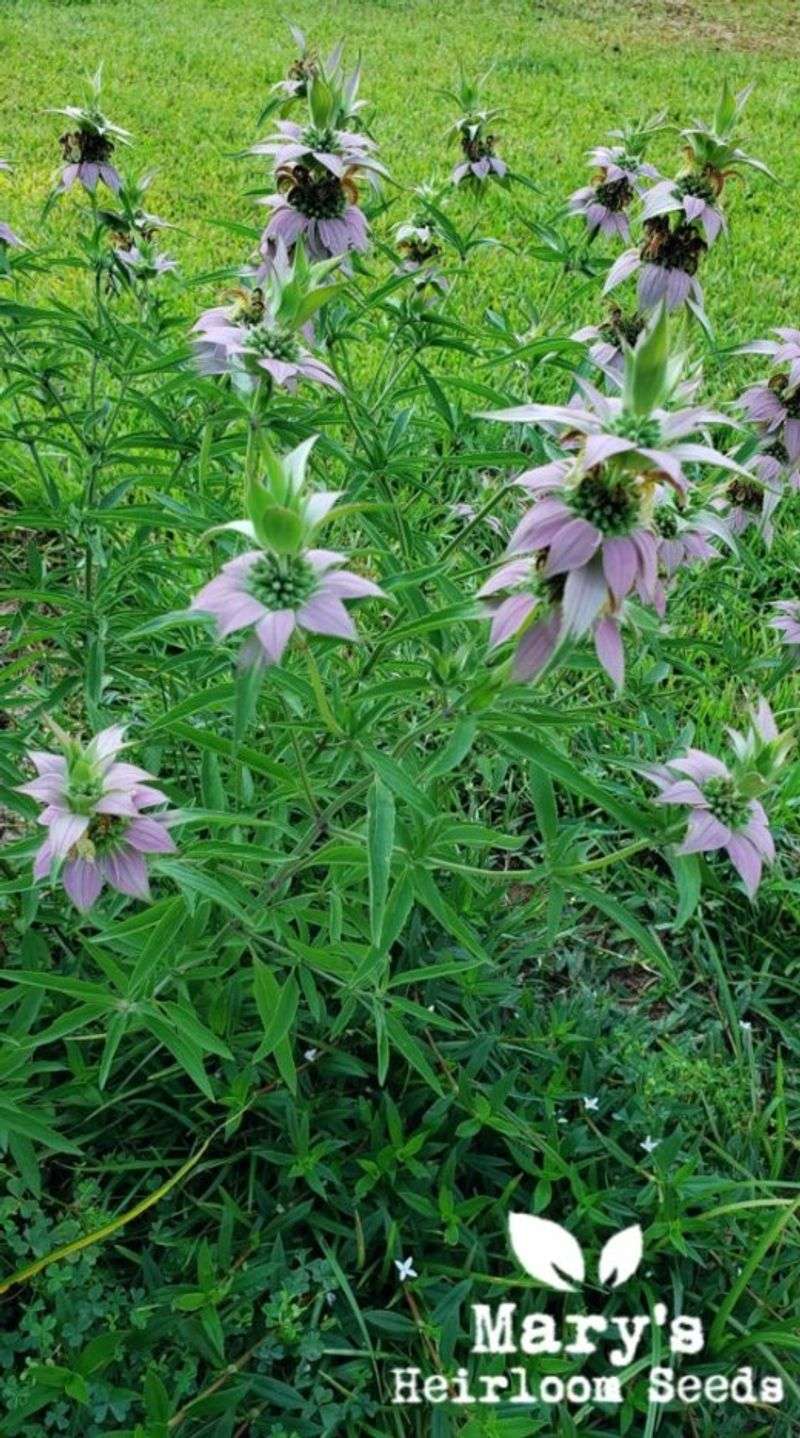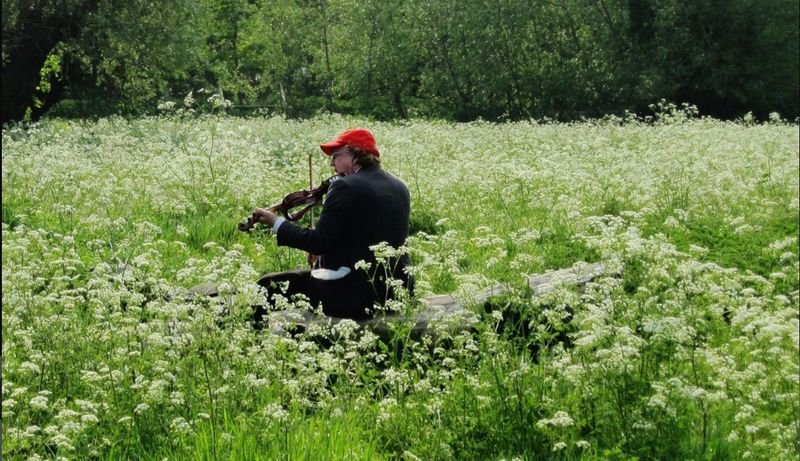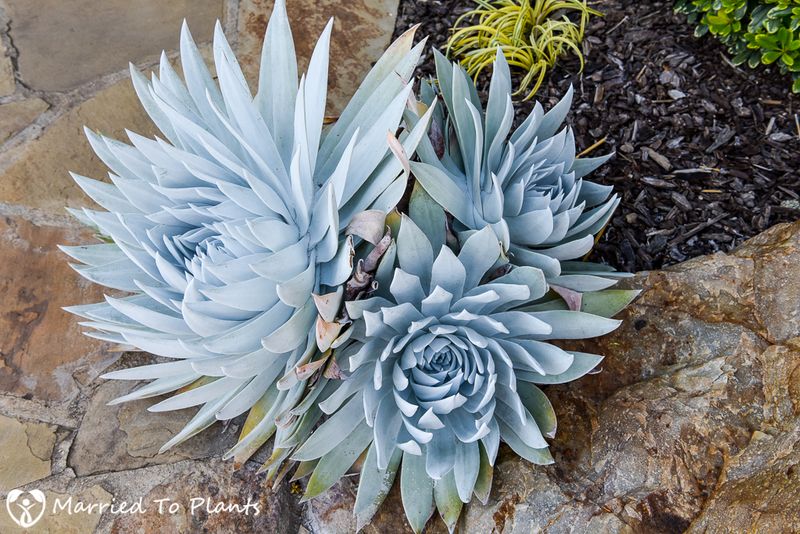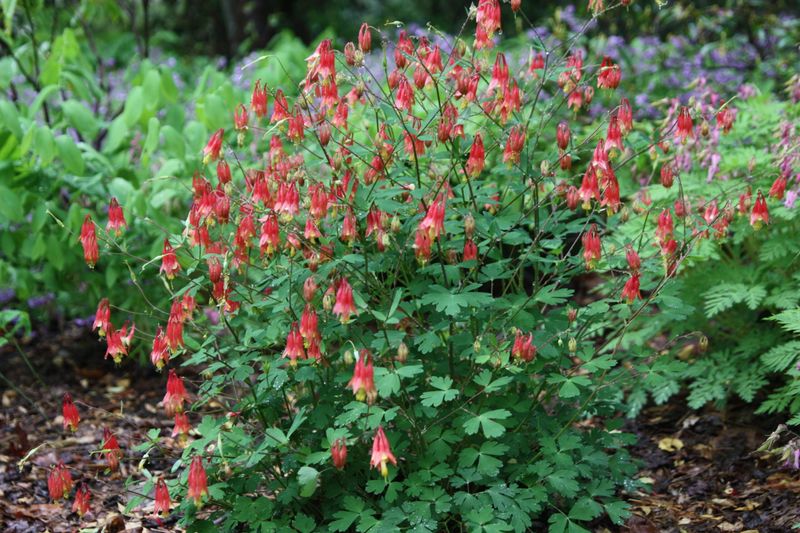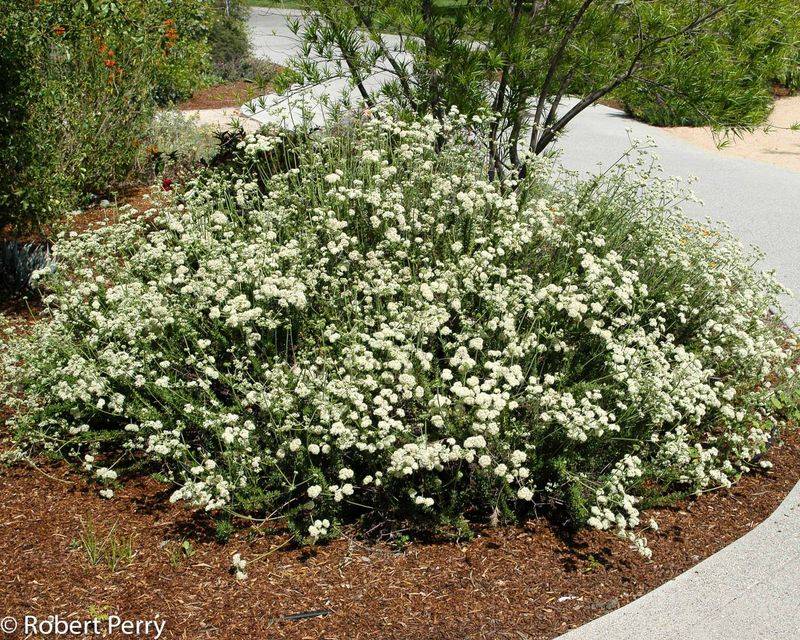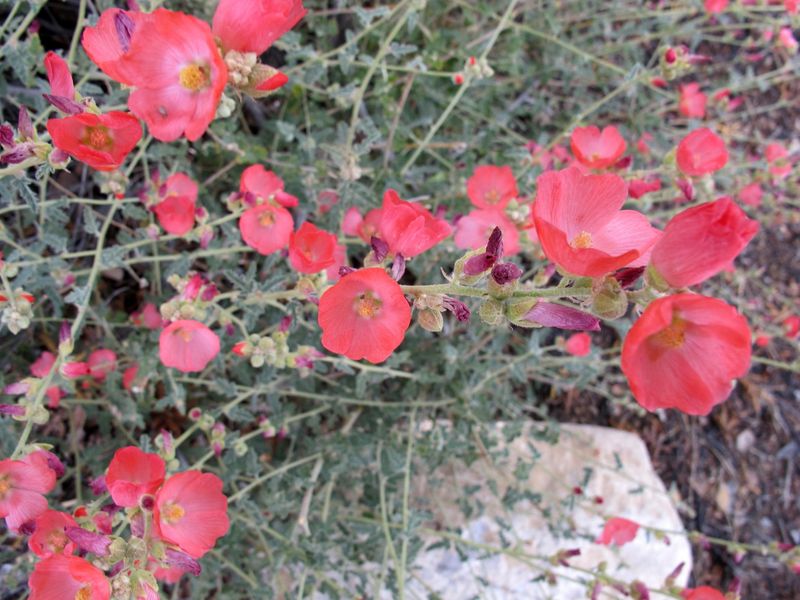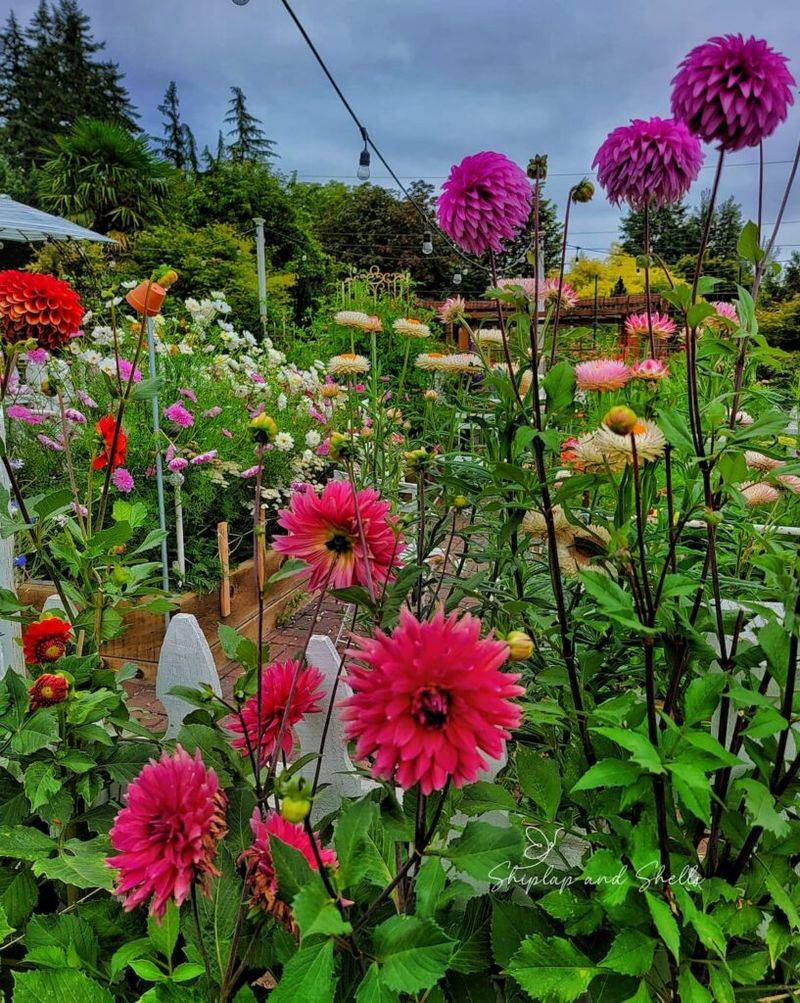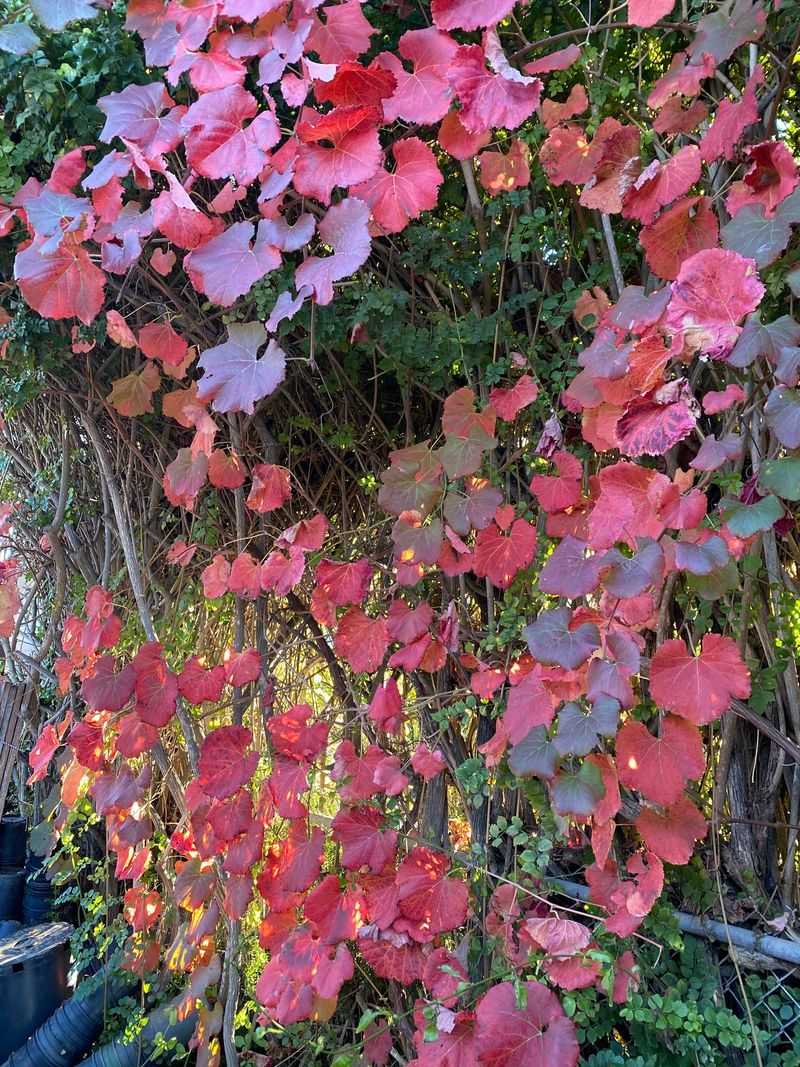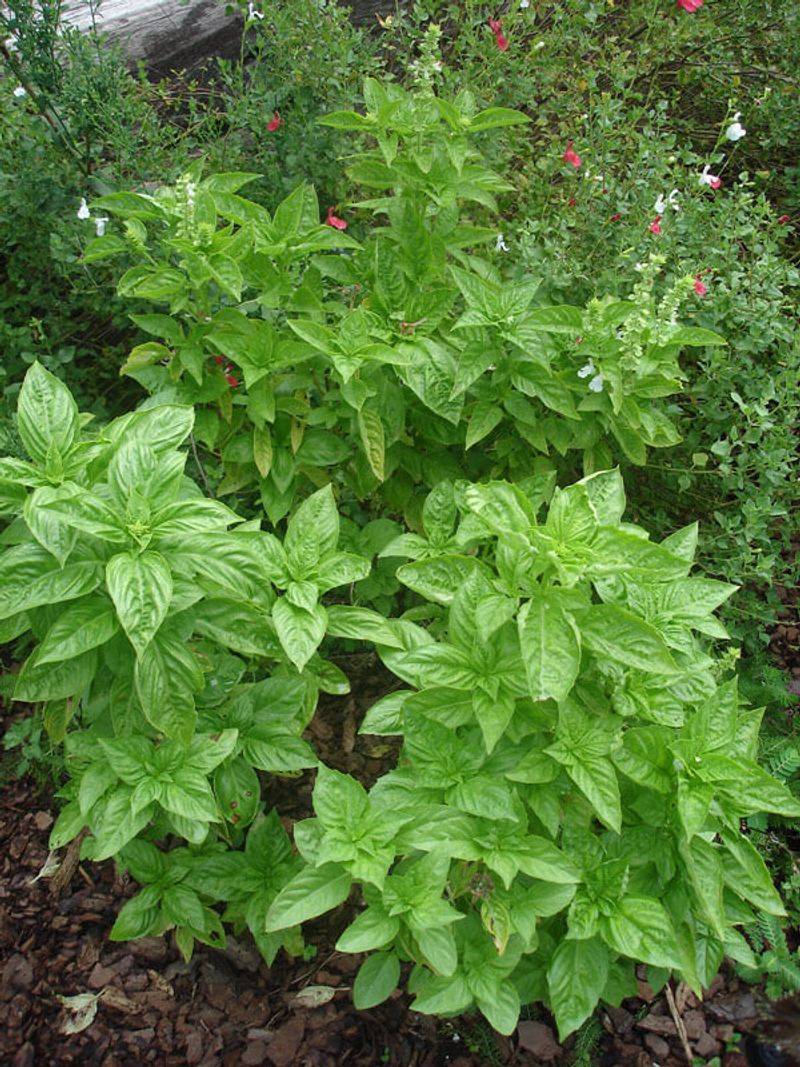Explore the world of gardening with our guide on must-have plants recommended by top experts.
Whether you’re looking to enhance your indoor space or beautify your garden, these selections offer exceptional beauty, diversity, and functionality.
Perfect for gardeners at any level, these plants promise to bring joy and life to your surroundings.
1. Coral Bells (Heuchera)
Coral Bells, or Heuchera, are prized for their stunning colorful foliage, making them a standout in any shaded garden. Their leaves, ranging from deep purples to bright greens, offer a splash of color that lasts throughout the seasons. Known for their shade tolerance, Coral Bells are perfect for areas where sunlight is minimal.
These plants also attract a variety of pollinators, including bees and butterflies, making your garden a lively and buzzing environment. Easy to care for and resilient, Coral Bells are an excellent choice for both novice and experienced gardeners looking to add some vibrancy to their garden.
2. Serviceberry (Amelanchier)
Serviceberry, also known as Amelanchier, offers year-round interest with its delicate spring flowers, delicious edible berries, and stunning fall foliage. In spring, the tree is adorned with white blossoms, attracting early pollinators.
As the seasons progress, it bears sweet, juicy berries that are perfect for snacking or making jams. Come fall, its leaves turn vibrant shades of orange and red, providing a spectacular autumn display. Easy to grow and maintain, Serviceberry is a versatile plant that can enhance any garden with its multi-season appeal.
3. Mexican Feather Grass
Mexican Feather Grass is a fine-textured ornamental grass that adds a sense of movement and grace to any landscape. Its delicate, wispy blades sway gently with the breeze, creating a soft, flowing texture that catches the light beautifully.
This grass thrives in sunny locations and requires minimal maintenance, making it ideal for gardeners seeking an elegant yet low-effort addition. Whether used as a border plant or in mass plantings, Mexican Feather Grass provides an airy, ethereal quality that enhances the aesthetic of gardens and landscapes alike.
4. Coral Honeysuckle
Coral Honeysuckle is a native vine known for its striking red tubular flowers, which are a favorite among hummingbirds. This vibrant flowering plant can climb trellises, fences, or arbors, adding vertical interest and a splash of color to any garden.
Its lush green foliage provides an attractive backdrop for the vivid blooms, creating a dynamic and lively landscape feature. Coral Honeysuckle is easy to grow and thrives in sunny locations, making it a perfect choice for gardeners eager to attract pollinators and add a touch of wild beauty to their spaces.
5. Lady Fern
The Lady Fern is an elegant addition to any shade garden, with its lush, delicate fronds creating a serene and tranquil atmosphere. This deer-resistant plant is easy to grow, making it a favorite among gardeners looking for low-maintenance greenery.
Its fine-textured leaves offer a soft contrast to bold garden structures or colorful flowers, enhancing the overall aesthetic of garden landscapes. Perfect for woodland settings or shaded borders, the Lady Fern adds a touch of grace and natural beauty, making it a cherished choice for gardens seeking tranquility and elegance.
6. Yarrow
Yarrow is a resilient perennial plant known for its vibrant blooms and ability to attract pollinators like bees and butterflies. Its clusters of flowers come in various colors, including yellow, pink, and red, adding a splash of color to any garden.
Aside from its beauty, Yarrow is valued for its medicinal properties and has been used in traditional remedies for centuries. Easy to grow and drought-tolerant, this hardy plant thrives in sunny locations, making it an ideal choice for gardeners looking to create a lively, pollinator-friendly environment with minimal effort.
7. Fiddle Leaf Fig
The Fiddle Leaf Fig is a striking indoor plant, admired for its large, bold, violin-shaped leaves that add a touch of modern elegance to any home. Its towering presence and lush foliage make it a popular choice for interior decorators and plant enthusiasts alike.
Though it requires bright, indirect light and consistent watering, the Fiddle Leaf Fig rewards caretakers with its impressive growth and visual appeal. Perfect for living rooms or offices, this plant brings a sense of life and freshness indoors, making it a must-have for those looking to enhance their interior spaces.
8. Staghorn Sumac
Staghorn Sumac is prized for its strikingly fiery red fall foliage, which transforms landscapes into vibrant displays of color. Known for its wildlife-friendly properties, this plant supports various bird species and beneficial insects.
Its unique, antler-like branches add structural interest, making it a compelling choice for naturalistic gardens. Staghorn Sumac is easy to grow and thrives in a variety of soil conditions, offering both beauty and ecological benefits. Whether used as a focal point or part of a larger landscape, its dramatic presence enhances any outdoor space with wild, untamed charm.
9. Ninebark
Ninebark is celebrated for its multi-season appeal, featuring peeling bark, colorful foliage, and attractive blooms that draw pollinators. Its distinctive bark adds texture and interest to winter landscapes, while its leaves provide vibrant color throughout the growing season.
In spring, Ninebark produces clusters of white or pink flowers, attracting bees and butterflies. This hardy shrub is easy to care for, making it an excellent choice for those seeking a low-maintenance, visually appealing addition to their garden. With its unique characteristics, Ninebark enhances any landscape with both beauty and ecological value.
10. Boxwood Balls
Boxwood Balls offer formal, evergreen structure that brings elegance and order to gardens. Perfect for creating low-maintenance hedges or topiary, their dense foliage can be shaped into various forms, providing architectural interest and year-round greenery.
Boxwood is highly versatile, thriving in both sun and shade, and is resistant to deer and disease. Whether used to define pathways, create privacy, or serve as ornamental features, Boxwood Balls add a touch of classic sophistication to any garden setting. Their timeless appeal and adaptability make them a staple for gardeners looking to refine their landscapes.
11. Hornbeam
Hornbeam is renowned for its strong, dense foliage, making it an excellent choice for screening and architectural hedging. Its growth habit allows it to be shaped into formal hedges, providing privacy and aesthetic appeal. With lush green leaves that turn vibrant shades in autumn, Hornbeam adds seasonal interest to gardens.
This versatile plant is ideal for urban environments, tolerating pollution and thriving in various soil types. Easy to maintain and highly adaptable, Hornbeam is perfect for those seeking a neat and structured landscape element, blending functionality with beauty.
12. Spotted Bee Balm
Spotted Bee Balm is a pollinator magnet, known for its pink-purple blooms and aromatic foliage that thrives in drought-tolerant gardens. Its unique flowers attract bees, butterflies, and hummingbirds, creating a lively garden atmosphere.
Ideal for sunny locations, this plant is both beautiful and functional, providing ecological benefits while enhancing garden aesthetics. Its aromatic leaves add sensory interest, making it a delightful choice for gardeners looking to support pollinators. Easy to grow and maintain, Spotted Bee Balm is a standout option for those seeking a vibrant and eco-friendly garden.
13. Cow Parsley
Cow Parsley, with its delicate, lace-like flowers and soft, ferny leaves, is the perfect addition to naturalistic gardens. Its airy blooms add a whimsical touch, creating an ethereal landscape that feels both wild and cultivated.
This plant thrives in a variety of conditions, making it versatile and easy to grow. Ideal for creating a meadow-like appearance, Cow Parsley pairs well with other wildflowers and grasses, enhancing the natural beauty of any garden. For gardeners seeking a soft, romantic aesthetic, Cow Parsley offers elegance and charm with minimal effort.
14. Giant Chalk Dudleya
Giant Chalk Dudleya is a sculptural succulent, ideal for xeriscaping and dry landscapes. Its striking silvery leaves form rosettes that contrast beautifully with rocky or sandy terrain. Perfect for gardeners looking to conserve water, this plant thrives in arid conditions with minimal care.
Its architectural form adds a modern touch to gardens, while its resilience makes it a reliable choice for challenging environments. Whether used as a focal point or part of a larger succulent collection, Giant Chalk Dudleya provides both visual interest and ecological practicality, making it a must-have for sustainable gardening enthusiasts.
15. Wild Columbine
Wild Columbine is a charming native plant, known for its vibrant red and yellow flowers that attract hummingbirds. Its delicate blooms add a splash of color to woodland gardens, creating a lively and enchanting atmosphere.
This plant thrives in partial shade, making it an excellent choice for shaded areas that need a touch of brightness. Easy to grow and care for, Wild Columbine blends seamlessly into natural landscapes, enhancing biodiversity and supporting local wildlife. For gardeners seeking to create a garden that is both beautiful and beneficial, Wild Columbine is a delightful addition.
16. California Buckwheat
California Buckwheat is a hardy native plant, valued for its summer blooms and erosion control benefits. Its delicate white flowers attract a range of pollinators, while its deep roots stabilize soil, making it a practical choice for slopes and challenging terrains.
This drought-tolerant plant thrives in dry conditions, offering both ecological and aesthetic benefits. Perfect for native plant gardens or xeriscaping, California Buckwheat supports local ecosystems and adds natural beauty to landscapes. For gardeners seeking to create a sustainable and wildlife-friendly environment, this plant is an essential component.
17. Desert Globemallow
Desert Globemallow is a striking plant, known for its bright orange blooms that add a vibrant splash of color to desert gardens. Its drought-tolerant nature makes it ideal for arid environments, where it thrives with minimal water.
This resilient plant attracts pollinators, enhancing biodiversity while standing out as a bold visual element. Easy to grow and maintain, Desert Globemallow is perfect for gardeners looking to create a vibrant, low-water landscape. Its unique beauty and ecological benefits make it a favored choice for those embracing sustainable gardening practices in dry climates.
18. Dahlia
Dahlias are summer showstoppers, celebrated for their bold and vibrant blooms that come in endless colors and forms. From delicate pastels to rich, deep hues, these flowers add drama and sophistication to any garden. Their intricate petals and variety of shapes make them a favorite among flower enthusiasts and gardeners alike.
Though they require some care, including regular watering and sunlight, the rewards are spectacular blooms that last through the summer. Ideal for cutting gardens, borders, or containers, Dahlias bring a burst of color and elegance to outdoor spaces, captivating all who encounter them.
19. Roger’s Red Wild Grape
Roger’s Red Wild Grape is a vigorous vine known for its colorful foliage and clusters of sweet, wildlife-friendly grapes. Its vibrant leaves turn a brilliant red in the fall, creating a stunning visual display that rivals the beauty of its fruit.
This vine is perfect for covering arbors, trellises, or fences, adding both beauty and utility to garden landscapes. The grapes it produces are not only a treat for humans but also attract a variety of birds and wildlife. For gardeners looking to combine aesthetics with ecological benefits, Roger’s Red Wild Grape is an exceptional choice.
20. Basil
Basil is a kitchen staple, cherished for its aromatic leaves and ease of growth. This versatile herb thrives in containers, making it suitable for small gardens or even indoor cultivation on sunny windowsills.
With varieties ranging from sweet to spicy, Basil adds flavor and fragrance to countless dishes, from pesto to salads. Its lush green leaves and compact growth make it both a functional and attractive addition to gardens.
For gardeners who love to cook, growing Basil offers fresh, homegrown ingredients right at their fingertips, making it an essential plant for culinary enthusiasts.
